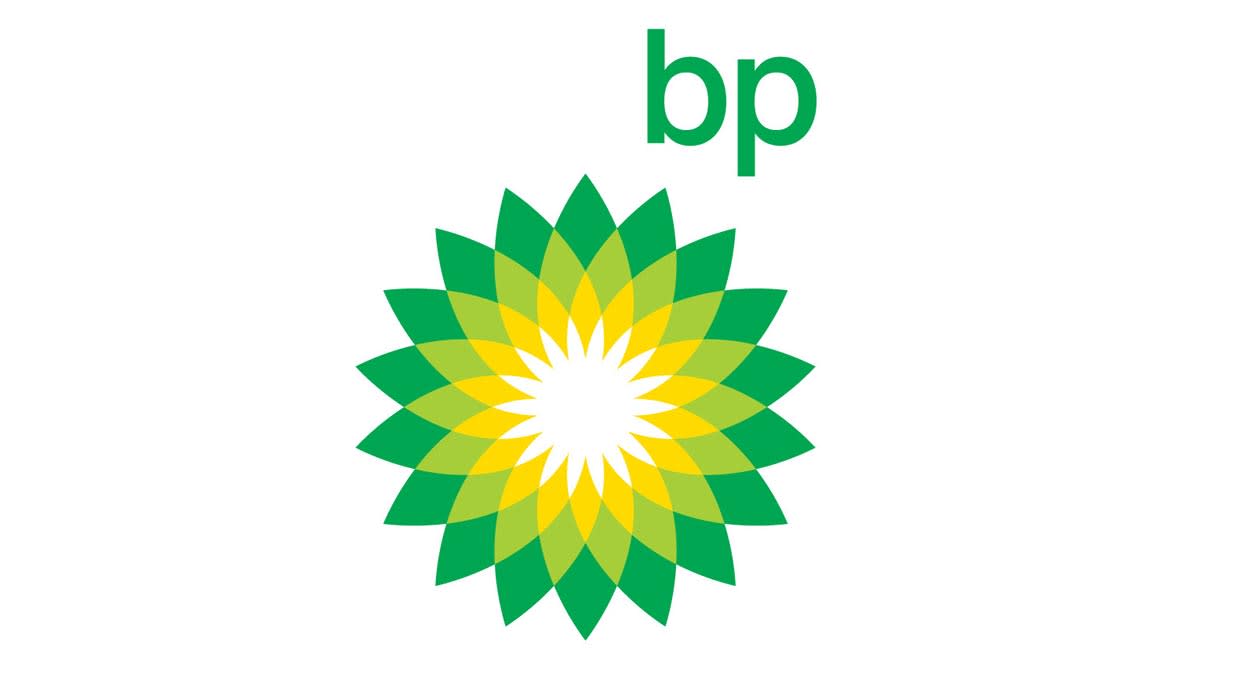BP’s first quarter sales fell from $48.9bn to $46.9bn. Underlying net profit (replacement cost) more than halved from $2.7bn to $1.4bn, mainly driven by the gas and low-carbon business. Performance was impacted by weak gas marketing and trading, and major project start-up costs.
There was a free cash outflow of $0.8bn, down from an inflow of $1.3bn with reduced operating cash flow more than offsetting a reduction in capital expenditure. Net debt was up by $3bn to $27bn.
The quarterly dividend rose from 7.27c per share to 8.00c, alongside a new buyback of $0.75bn compared to $1.8bn in the quarter just reported
Guidance was largely unchanged with production expected to be slightly lower than last year
The shares were down 3.7% early trading.
Our view
BP’s first set of quarterly results since its strategy reset failed to impress investors. Despite reductions in costs and investment expenditure, debt moved in the wrong direction meaning there’s even more work to be done to meet the two-year target of bringing net borrowings below $18bn.
BP is refocussing on its core competencies of oil & gas extraction and has made some notable progress on fresh discoveries and new project start-ups. Modest plans to increase production combined with a fresh efficiency drive should help to boost performance, but it will take some time until output moves into positive territory. And as with all natural resource extraction, there’s never any guarantee that new sources of production perform as expected. It also means the company’s future profits remain intrinsically linked to oil & gas prices, over which it has no control. On that note, crude prices are suffering against a backdrop of global economic uncertainty and increasing supply in the market.
The company’s efforts to make a success of investments in energy transition technologies have been met with limited success. There are some clear advantages to embracing the rise of electric vehicles, given the company’s existing network of service stations. We’re glad to see BP’s not totally abandoning its ambitions in this space, and support the more selective approach, which is likely to focus on complementary areas like hydrogen and carbon capture.
In the near term, shareholder distributions look to be taking a back seat as BP focuses on bringing down its debt levels. While the dividend yield of 6.8% doesn’t look too demanding, buybacks are tracking below the levels that shareholders have become accustomed to.
With a clear financial framework now in place, there is scope for distributions to pick up materially further down the line. But that’s not guaranteed and will likely depend on BP meeting its ambitions for improved cash generation and debt reduction. The $20bn targeted from disposals by 2027 will help, but its improved cash generation from the business we’d really like to see.
All in, BP’s valuation has strengthened on the hopes it gets back to basics, with its earnings multiple now ahead of some more financially robust peers. We think the strategic shift has some legs but there’s significant execution risk meaning there’s plenty of scope for downside shocks if BP misses its targets.
Environmental, social and governance (ESG) risk
Environmental concerns are the primary driver of ESG risk for oil and gas producers, with carbon emissions and waste disposal being the main issues. Health and safety, community relations and ethical governance are also contributors to ESG risk.
According to data from Sustainalytics, BP's overall management of material ESG issues is strong.
It appears to have strong oversight over its key ESG issues. Notably, the company aims to reach net zero emissions across its entire operations (Scope 1 & 2) on an absolute basis by 2050, and net zero for the carbon intensity of sold energy products by 2050.
BP’s recent strategy reset signals a change in approach to the transition. This includes increasing oil and gas investment by around 20% and decreasing investment in the transition business by more than $5bn. The company still aims to meet the net zero targets above.
Persistent controversies relating to environmental breaches continue to expose BP to legal and compliance risks, including significant financial penalties.
BP key facts
All ratios are sourced from LSEG Datastream, based on previous day’s closing values. Please remember yields are variable and not a reliable indicator of future income. Keep in mind key figures shouldn’t be looked at on their own – it’s important to understand the big picture.
This article is not advice or a recommendation to buy, sell or hold any investment.No view is given on the present or future value or price of any investment, and investors should form their own view on any proposed investment.This article has not been prepared in accordance with legal requirements designed to promote the independence of investment research and is considered a marketing communication.Non - independent research is not subject to FCA rules prohibiting dealing ahead of research, however HL has put controls in place(including dealing restrictions, physical and information barriers) to manage potential conflicts of interest presented by such dealing.Please see our full non - independent research disclosure for more information.


